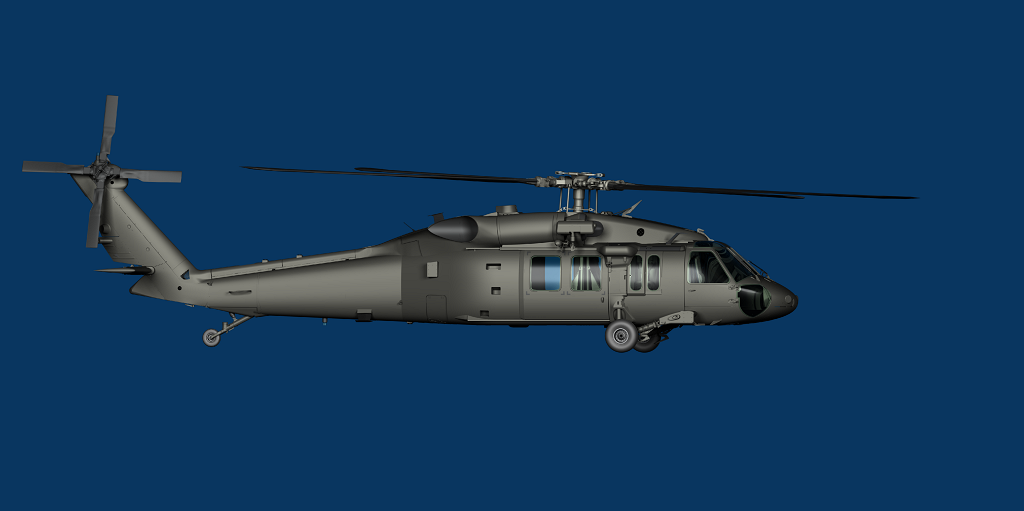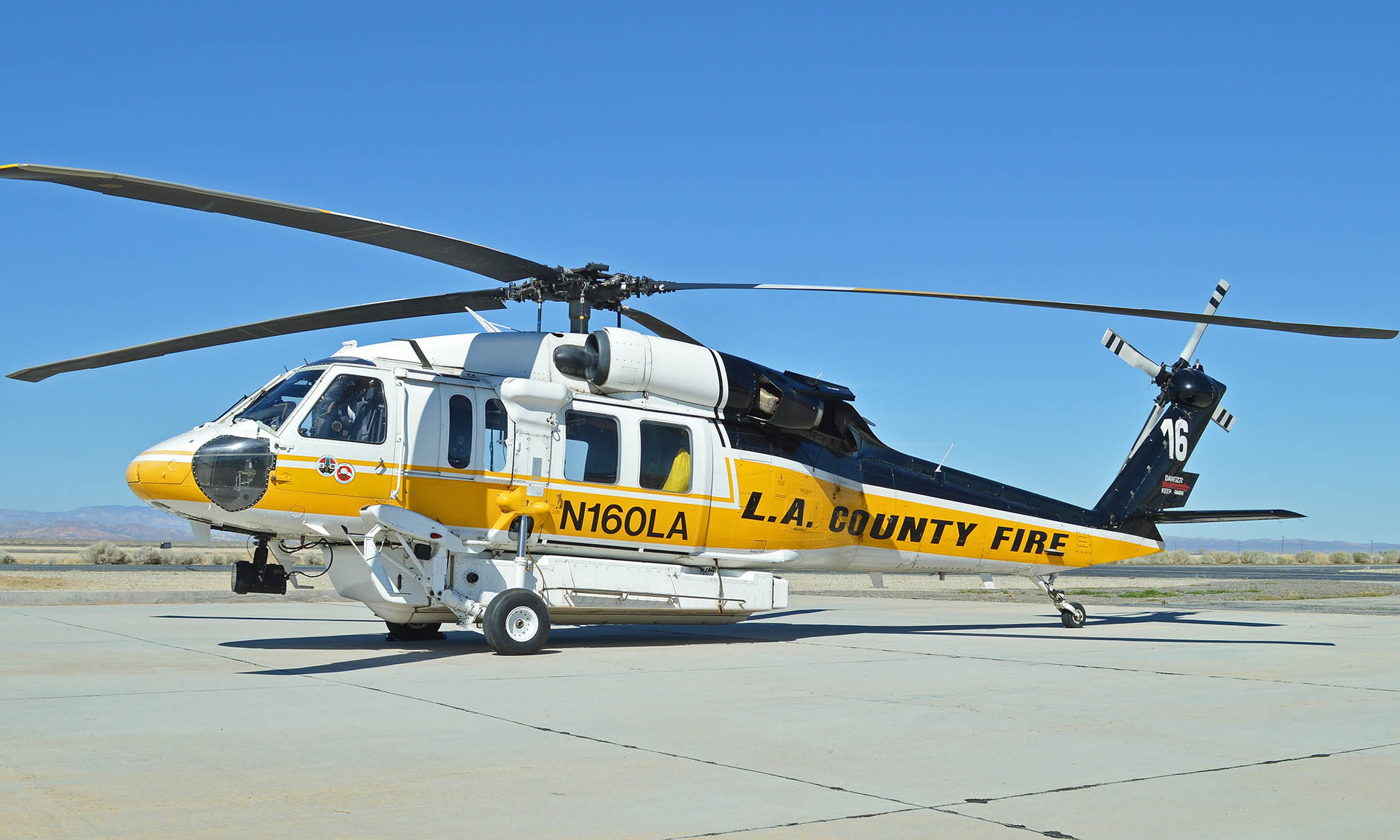Sikorsky S 70: Enhancing Helicopter Efficiency and Versatility
Sikorsky S 70: Enhancing Helicopter Efficiency and Versatility
Blog Article
Rotary-Wing Airplane Offering Superior Sturdiness and Accuracy Engineering
In the realm of aeronautics, rotary-wing airplane have long been identified for their distinct capacities in numerous functional settings. From armed forces goals to civilian applications, the development of rotary-wing modern technology has led the way for makers that offer unequaled sturdiness and precision engineering. With advancements in materials and building and construction techniques, combined with innovative flight control systems, these aircraft have actually come to be essential tools for tasks that require both robustness and accuracy. As we discover the elaborate equilibrium in between advancement and dependability in rotary-wing aircraft, it becomes obvious that the merging of sophisticated modern technology and proven design principles has established a new criterion for efficiency and performance in the aerospace sector.
Evolution of Rotary-Wing Modern Technology
Throughout the background of aviation, the evolution of rotary-wing modern technology has actually been a testament to continuous innovation and innovation in aerial engineering. From the early days of upright trip with simple designs to the innovative helicopters and various other rotary-wing aircraft these days, the development in this area has actually been amazing.
In the early 1900s, leaders like Igor Sikorsky and Juan de la Cierva made considerable strides in rotary-wing technology. Sikorsky's VS-300 helicopter, very first flown in 1939, noted a turning point in the advancement of practical rotary-wing aircraft. This success led the way for more improvements in upright flight capabilities.

Today, rotary-wing aircraft play vital duties in numerous sectors, including armed forces procedures, emergency medical solutions, police, and business transport. The advancement of rotary-wing technology remains to push the boundaries of what is possible in vertical flight, ensuring that these aircraft remain important possessions in the air travel sector.
Products and Building And Construction Innovations
Showing a blend of sophisticated products and exact building and construction strategies, rotary-wing airplane have actually gone through considerable improvements in longevity and efficiency. Among the crucial advancements in materials used for rotary-wing airplane is the raising application of composite products. These materials, such as carbon fiber reinforced polymers, offer a high strength-to-weight ratio, boosting both the architectural stability and overall performance of the airplane. Furthermore, developments in manufacturing procedures have actually enabled for more precise and complex construction of rotary-wing elements, contributing to improved the rules of aerodynamics and effectiveness.
Furthermore, the combination of advanced finishes and surface therapies has played a crucial function in boosting the sturdiness of rotary-wing airplane. These finishings give security versus corrosion, abrasion, and extreme climate conditions, expanding the lifespan of the aircraft and lowering maintenance demands.
In regards to construction advancements, additive production, also known as 3D printing, has actually revolutionized the production of complicated parts for rotary-wing aircraft. This innovation enables quick prototyping and customization, causing much faster development cycles and reduced expenses. Generally, the continual evolution of materials and building methods is driving the capacities and efficiency of rotary-wing airplane to brand-new heights.
Precision Flight Control Equipment

The assimilation of GPS modern technology even more boosts the precision and dependability of these systems, permitting specific navigating, waypoint tracking, and automated trip control. sikorsky s 70. This level of accuracy not only enhances the safety of rotary-wing procedures however also enhances overall functional effectiveness and goal efficiency
Moreover, the continual improvements in expert system and artificial intelligence have promoted the advancement article of autonomous flight official statement capacities within Precision Trip Control Systems. This allows rotary-wing aircraft to do intricate objectives with unparalleled accuracy and uniformity, making them essential properties in a variety of applications, consisting of military procedures, search and rescue goals, and aerial digital photography.
Resilience in Testing Settings
In demanding functional setups, rotary-wing aircraft demonstrate exceptional durability and toughness, making certain optimal performance under difficult ecological problems. These aircraft are developed to stand up to a vast range of environmental aspects, consisting of severe temperature levels, high winds, and rough terrain, making them well-suited for different objectives in varied landscapes.
One vital factor contributing to the sturdiness of rotary-wing airplane is their tough building and construction. These airplanes are developed making use of high-quality materials and advanced design methods to enhance their structural integrity and reliability. Additionally, components such as rotor blades, engine systems, and landing gear are thoroughly created to hold up against the stresses and stress experienced during operations in challenging settings.
In addition, rotary-wing airplane are furnished with advanced onboard systems that check efficiency metrics in real-time, enabling positive maintenance and early discovery of possible problems - sikorsky s 70. This proactive approach aids protect against unforeseen failures and ensures the ongoing airworthiness of the airplane in demanding operational setups. Generally, the sturdiness of rotary-wing aircraft in tough atmospheres is a testament to their premium design and design, making them indispensable properties for different mission-critical operations
Upkeep and Reliability Standards
The adherence to rigorous maintenance and integrity requirements is paramount in making certain the ideal performance and security of rotary-wing aircraft. Routine maintenance checks, carried out by certified professionals, are necessary to recognize and deal with any kind of prospective concerns before they endanger the aircraft's capability. These checks encompass a detailed examination of all essential components, consisting of the engine, blades system, avionics, and hydraulic systems, to ensure that they remain in prime functioning condition.
Additionally, adherence to scheduled maintenance periods based on producer standards is essential for maintaining the airplane's reliability. This positive strategy helps stop unanticipated breakdowns and guarantees that the airplane continues to be airworthy for its intended objectives. Furthermore, the execution of durable reliability requirements, such as regular part screening and substitute based on predetermined lifecycles, even more improves see this page the airplane's stability.
Conclusion

Finally, the improvements in rotary-wing airplane modern technology have actually led to superior resilience and precision design. With ingenious products and building and construction strategies, together with accuracy trip control systems, these airplane can operate in difficult atmospheres with enhanced dependability. The maintenance and reliability standards guarantee that these rotary-wing aircraft continue to perform at their ideal, making them essential properties for various sectors.
Showing a combination of innovative products and accurate building strategies, rotary-wing aircraft have actually gone through substantial improvements in toughness and efficiency. One of the key technologies in products utilized for rotary-wing aircraft is the increasing application of composite products.With precise attention to information and progressed technical combination, rotary-wing aircraft have actually embraced Accuracy Trip Control Systems as a keystone of their operational excellence. Generally, the sturdiness of rotary-wing aircraft in tough atmospheres is a testimony to their remarkable design and layout, making them crucial properties for different mission-critical procedures.
In final thought, the advancements in rotary-wing airplane technology have actually led to exceptional longevity and precision design.
Report this page